PEG-MGF
PEG-MGF, or PEGylated Mechano Growth Factor, is a synthetic derivative of the Mechano Growth Factor (MGF) peptide, an isoform of Insulin-like Growth Factor 1 (IGF-1). This peptide is conjugated with polyethylene glycol (PEG) to enhance its stability and extend its half-life. It is supplied in liquid form with a purity level of ≥99%, making it suitable for in-vitro and laboratory research applications.
$29.99
In stock
Overview
PEG-MGF is currently under investigation for its potential roles in tissue repair and cellular regeneration. The PEGylation process is designed to improve the peptide’s bioavailability and prolong its activity, facilitating sustained research applications.
Product Research
-
Skeletal Muscle Regeneration
Studies have indicated that MGF plays a significant role in muscle repair by activating satellite cells, which are essential for muscle regeneration. PEGylation of MGF is intended to extend its stability, potentially enhancing its regenerative properties in muscle tissue research [1].
-
Cardiac Tissue Repair
Research utilizing PEG-based hydrogel microrods for localized delivery of MGF peptides has demonstrated improved cardiac function and reduced adverse remodeling following myocardial infarction in animal models. This suggests potential applications of PEG-MGF in cardiac tissue repair studies [2].
-
Stem Cell Recruitment
Investigations into the sustained delivery of MGF from PEG-based microrods have shown increased migration of human mesenchymal stem cells (hMSCs) and protection of neonatal rat ventricular myocytes from hypoxia-induced apoptosis. These findings highlight the potential of PEG-MGF in stem cell recruitment and survival research [3].
-
Bone Healing
The MGF E-domain peptide has been observed to promote osteoblast proliferation and enhance bone defect healing in rabbit models. PEGylation may improve the delivery and efficacy of MGF in bone regeneration studies [4].
-
Neurological Applications
PEGylated chitosan nanoparticles tagged with MGF have been explored for siRNA delivery to the brain via intranasal administration. This approach aims to bypass the blood-brain barrier, indicating potential neurological research applications for PEG-MGF [5].
Disclaimer
This product is intended for laboratory research and development purposes only. It is not approved for human consumption, medical, or veterinary use. All information provided is for scientific reference only. Use under the supervision of qualified professionals in appropriate research settings.
Referenced Citations
- Mechano-Growth Factor: an important cog or a loose screw in the repair and regeneration machinery – PubMed Central
- Localized Delivery of Mechano-Growth Factor E-domain Peptide via Polymeric Microstructures Improves Functional Outcomes Following Myocardial Infarction – PubMed Central
- Sustained delivery of MGF peptide from microrods attracts stem cells and reduces apoptosis in the heart after myocardial infarction – PubMed
- Mechano growth factor E peptide promotes osteoblasts proliferation and bone-defect healing in rabbits – PubMed Central
- Intranasal, siRNA Delivery to the Brain by TAT/MGF Tagged PEGylated Chitosan Nanoparticles – PubMed Central
Related Products
Overview
PEG-MGF is currently under investigation for its potential roles in tissue repair and cellular regeneration. The PEGylation process is designed to improve the peptide’s bioavailability and prolong its activity, facilitating sustained research applications.
Product Research
-
Skeletal Muscle Regeneration
Studies have indicated that MGF plays a significant role in muscle repair by activating satellite cells, which are essential for muscle regeneration. PEGylation of MGF is intended to extend its stability, potentially enhancing its regenerative properties in muscle tissue research [1].
-
Cardiac Tissue Repair
Research utilizing PEG-based hydrogel microrods for localized delivery of MGF peptides has demonstrated improved cardiac function and reduced adverse remodeling following myocardial infarction in animal models. This suggests potential applications of PEG-MGF in cardiac tissue repair studies [2].
-
Stem Cell Recruitment
Investigations into the sustained delivery of MGF from PEG-based microrods have shown increased migration of human mesenchymal stem cells (hMSCs) and protection of neonatal rat ventricular myocytes from hypoxia-induced apoptosis. These findings highlight the potential of PEG-MGF in stem cell recruitment and survival research [3].
-
Bone Healing
The MGF E-domain peptide has been observed to promote osteoblast proliferation and enhance bone defect healing in rabbit models. PEGylation may improve the delivery and efficacy of MGF in bone regeneration studies [4].
-
Neurological Applications
PEGylated chitosan nanoparticles tagged with MGF have been explored for siRNA delivery to the brain via intranasal administration. This approach aims to bypass the blood-brain barrier, indicating potential neurological research applications for PEG-MGF [5].
Disclaimer
This product is intended for laboratory research and development purposes only. It is not approved for human consumption, medical, or veterinary use. All information provided is for scientific reference only. Use under the supervision of qualified professionals in appropriate research settings.
Referenced Citations
- Mechano-Growth Factor: an important cog or a loose screw in the repair and regeneration machinery – PubMed Central
- Localized Delivery of Mechano-Growth Factor E-domain Peptide via Polymeric Microstructures Improves Functional Outcomes Following Myocardial Infarction – PubMed Central
- Sustained delivery of MGF peptide from microrods attracts stem cells and reduces apoptosis in the heart after myocardial infarction – PubMed
- Mechano growth factor E peptide promotes osteoblasts proliferation and bone-defect healing in rabbits – PubMed Central
- Intranasal, siRNA Delivery to the Brain by TAT/MGF Tagged PEGylated Chitosan Nanoparticles – PubMed Central

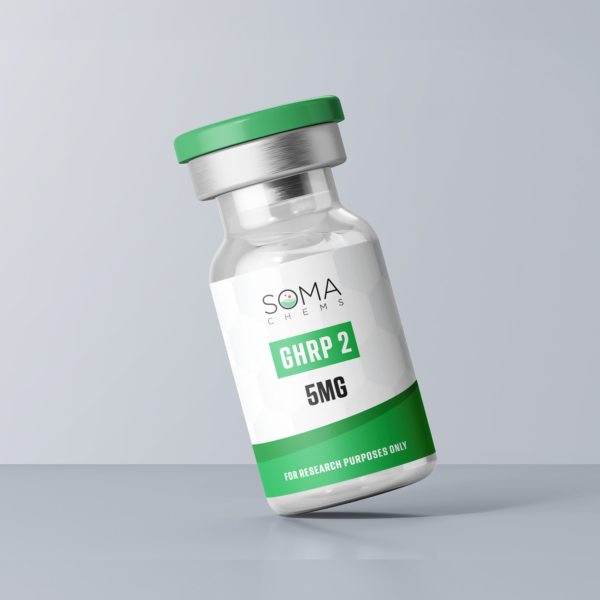
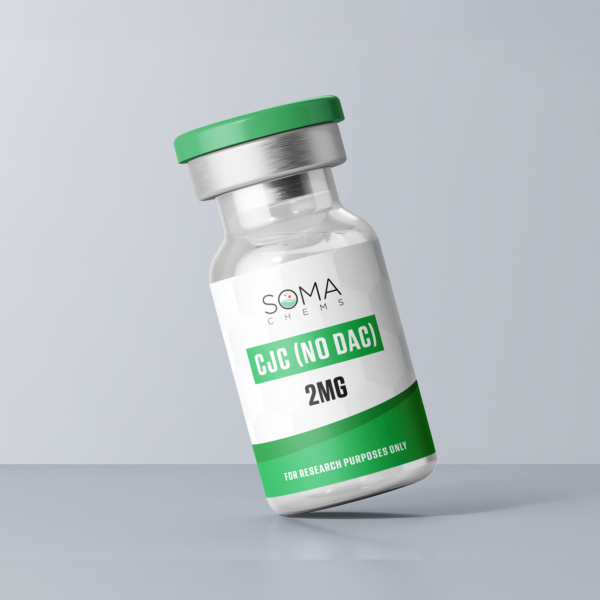
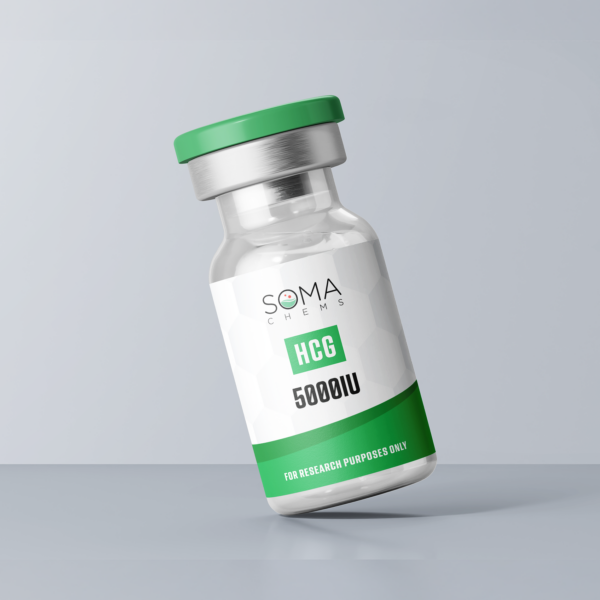
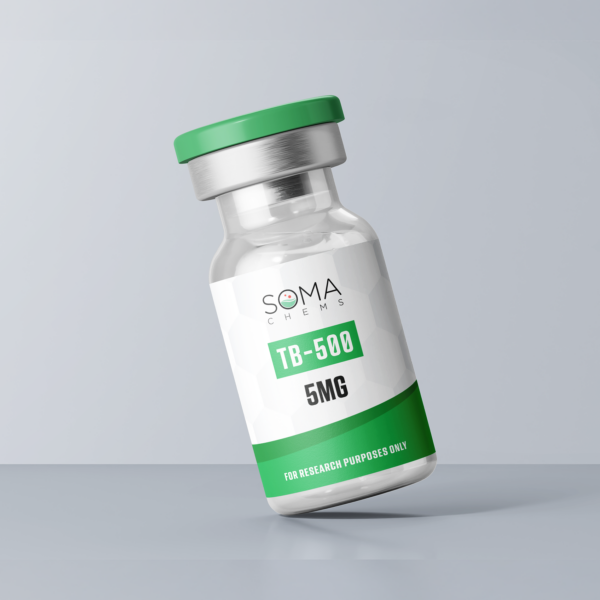
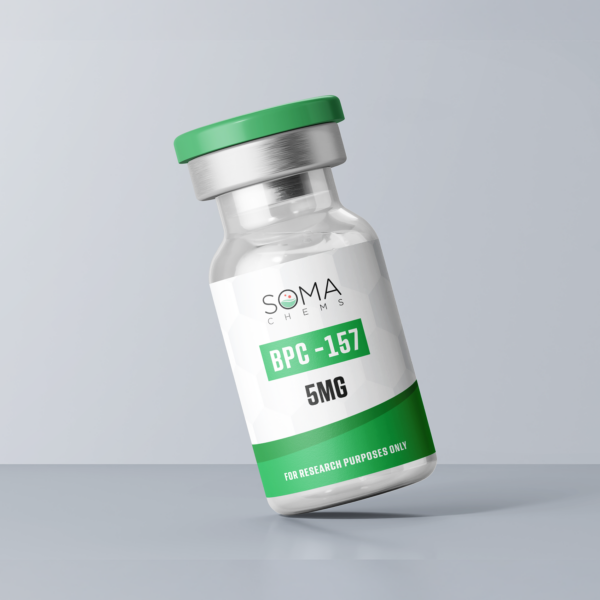
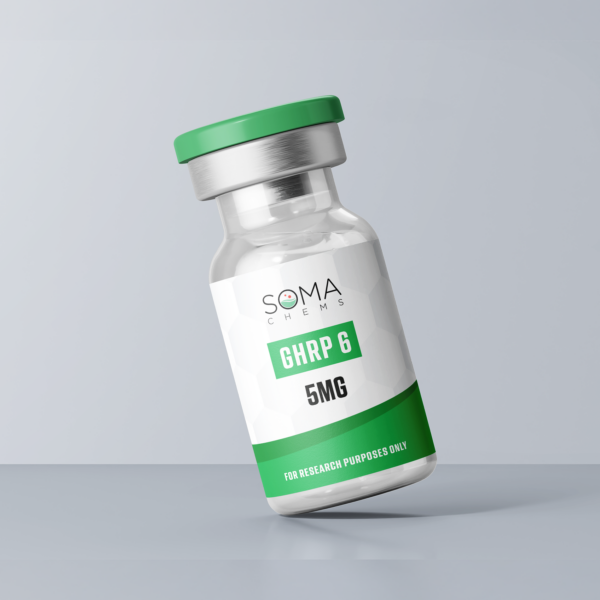
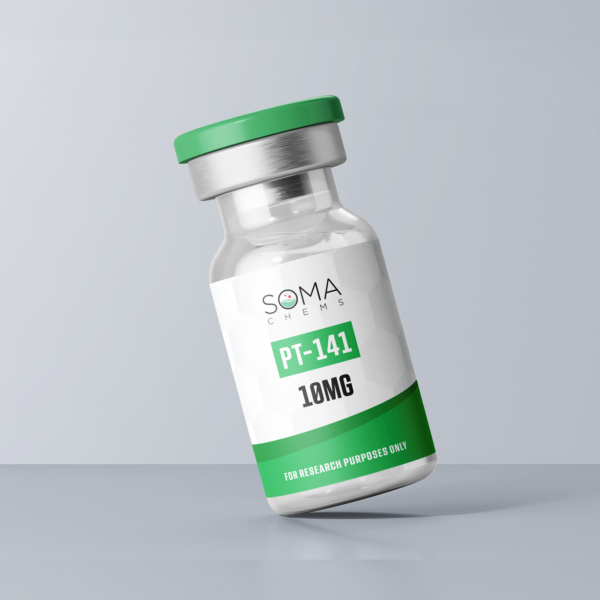
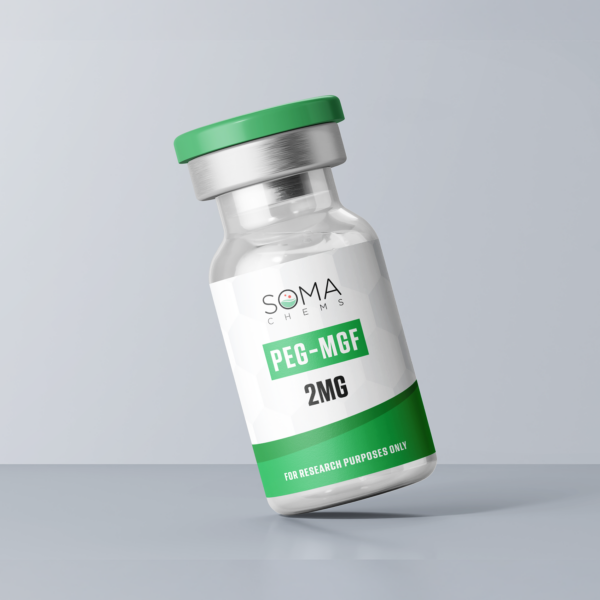
Reviews
There are no reviews yet.